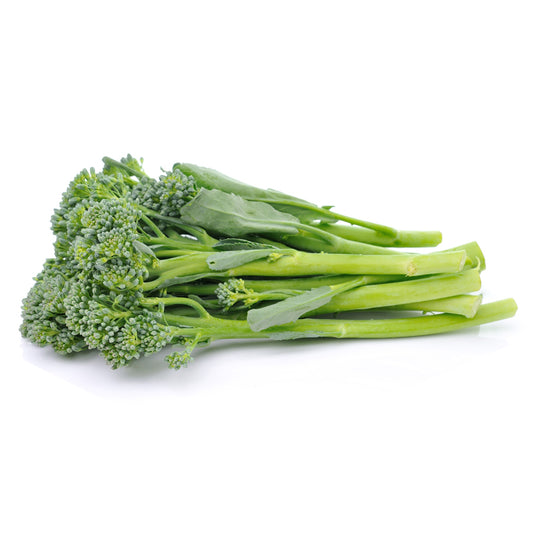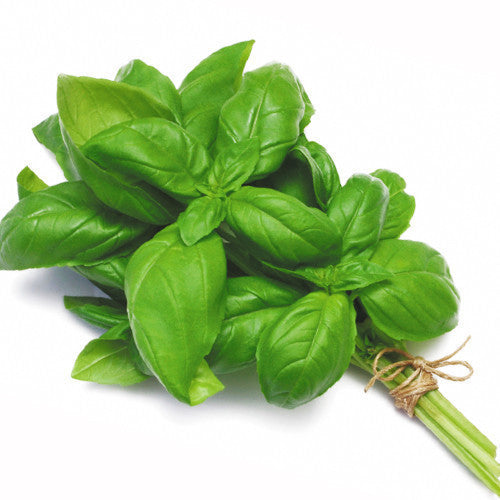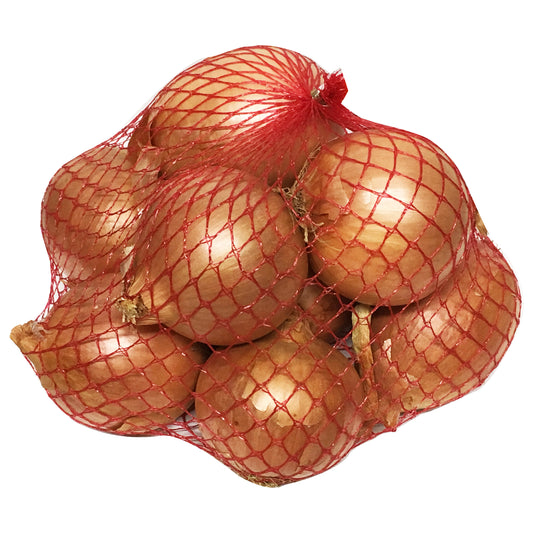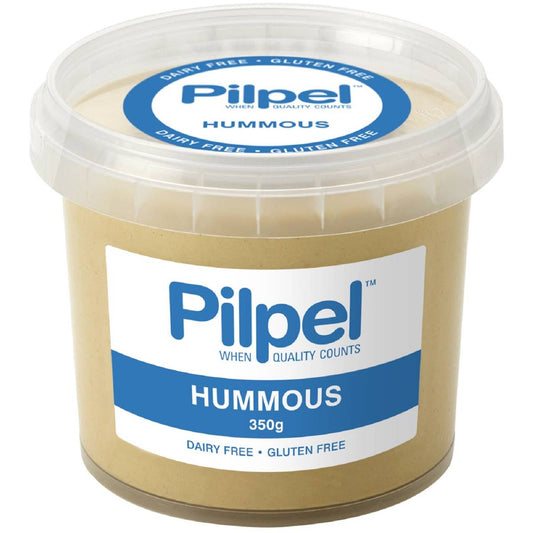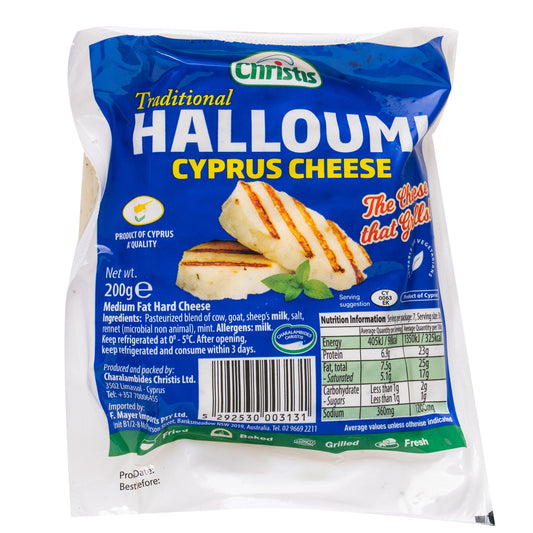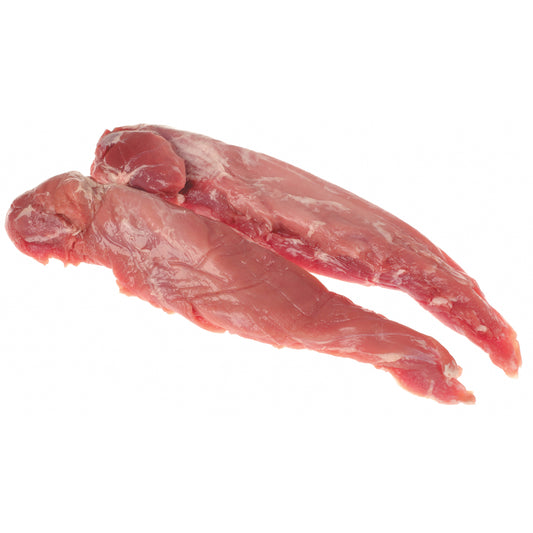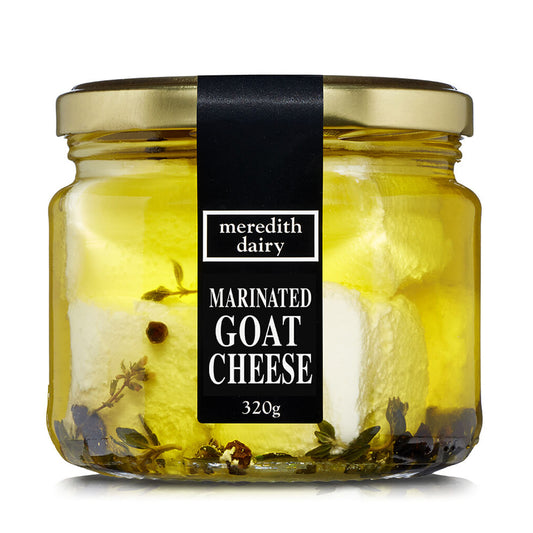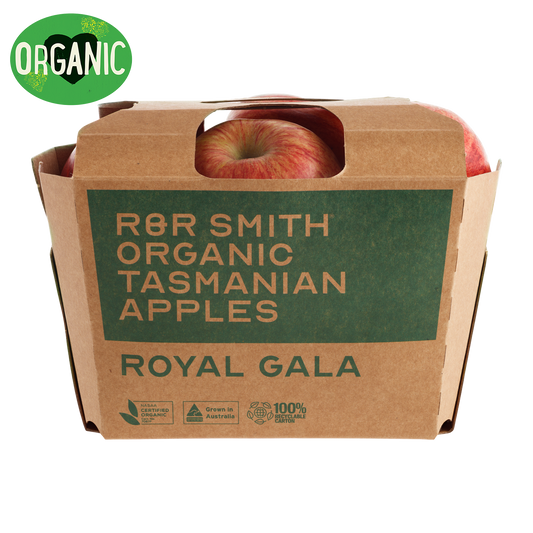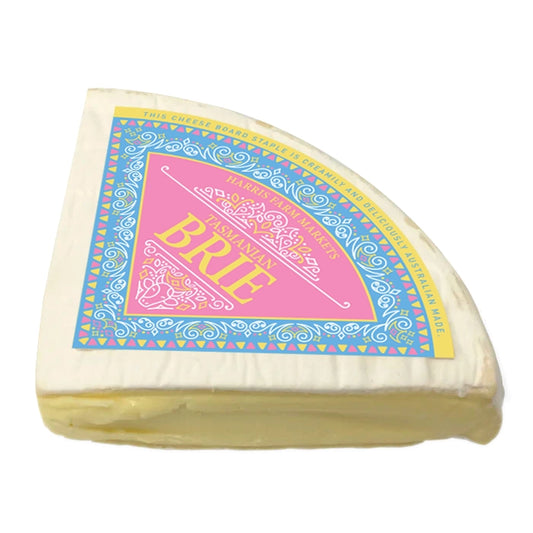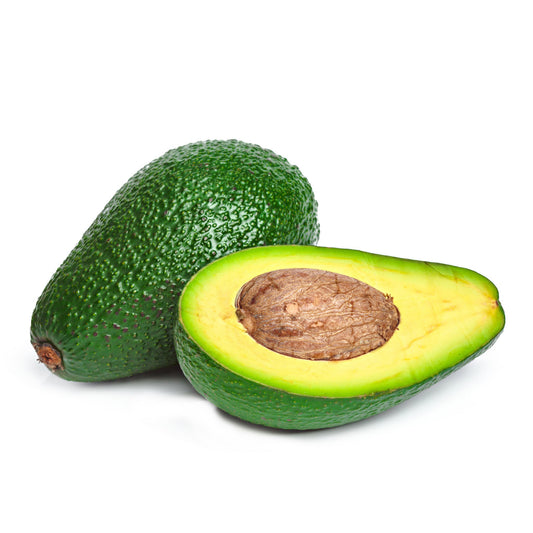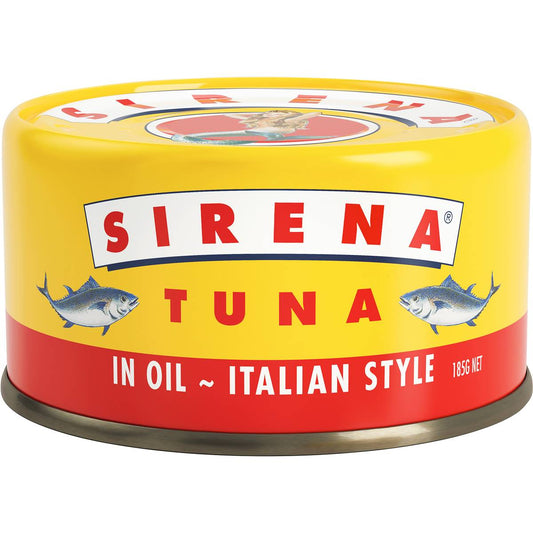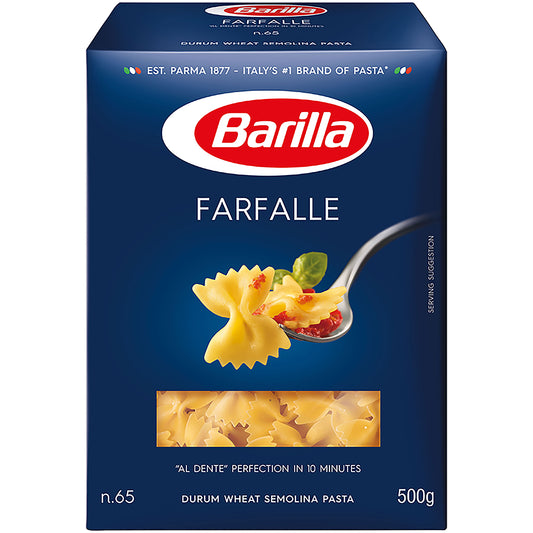 My pick of the week is the topless gold pineapples from Queensland. We buy from a group of farmers who market under the Pure Gold banner. A few things to know about pineapples: although they may become juicier and change colour, they don’t actually ripen at all after they have been harvested, they are very high in vitamin C and, our pineapples at the moment come from Yeppoon and the Sunshine Coast. The fruit is quite small due to a very cold snap in winter making the plants somewhat smaller, and then very dry conditions late last year. However, the fruit is mature and sweet with great flavour.
My pick of the week is the topless gold pineapples from Queensland. We buy from a group of farmers who market under the Pure Gold banner. A few things to know about pineapples: although they may become juicier and change colour, they don’t actually ripen at all after they have been harvested, they are very high in vitamin C and, our pineapples at the moment come from Yeppoon and the Sunshine Coast. The fruit is quite small due to a very cold snap in winter making the plants somewhat smaller, and then very dry conditions late last year. However, the fruit is mature and sweet with great flavour.
Ten years or so ago the pineapple industry grew pineapples mostly for the cannery and juice. These are what we now call factory pineapples and were not at all sweet and the processors added sugar for taste. The new pineapples, which have nearly entirely replaced the old varieties in the fresh market, are a hybrid of fabulous sweet varieties imported around 15 years ago. I think they are fantastic to eat.
Removing the tops was done for two reasons. Firstly, the new pineapple plants each season are grown from the old plants and splitting the crowns is the easiest and most reliable way of doing this. Secondly, it made it easy for the new style pineapples to be easily distinguished from the older, not so good eating pineapples. These next few months, or until the end of July is considered to be the best time of the year for pineapples.
HOW TO PICK
Look for a pineapple that’s a good weight for its size. It should also be free from soft spots, bruises and darkened ‘eyes’ – all of which may indicate it’s damaged or past it’s prime.
HOW TO STORE
Pineapples can be left at room temp for a couple of days until they achieve your preferred skin colour. If they are ‘just right’ already, they can be stored in the fridge for a few days until you’re ready to eat. If cut, store in an airtight container for up to six days.

